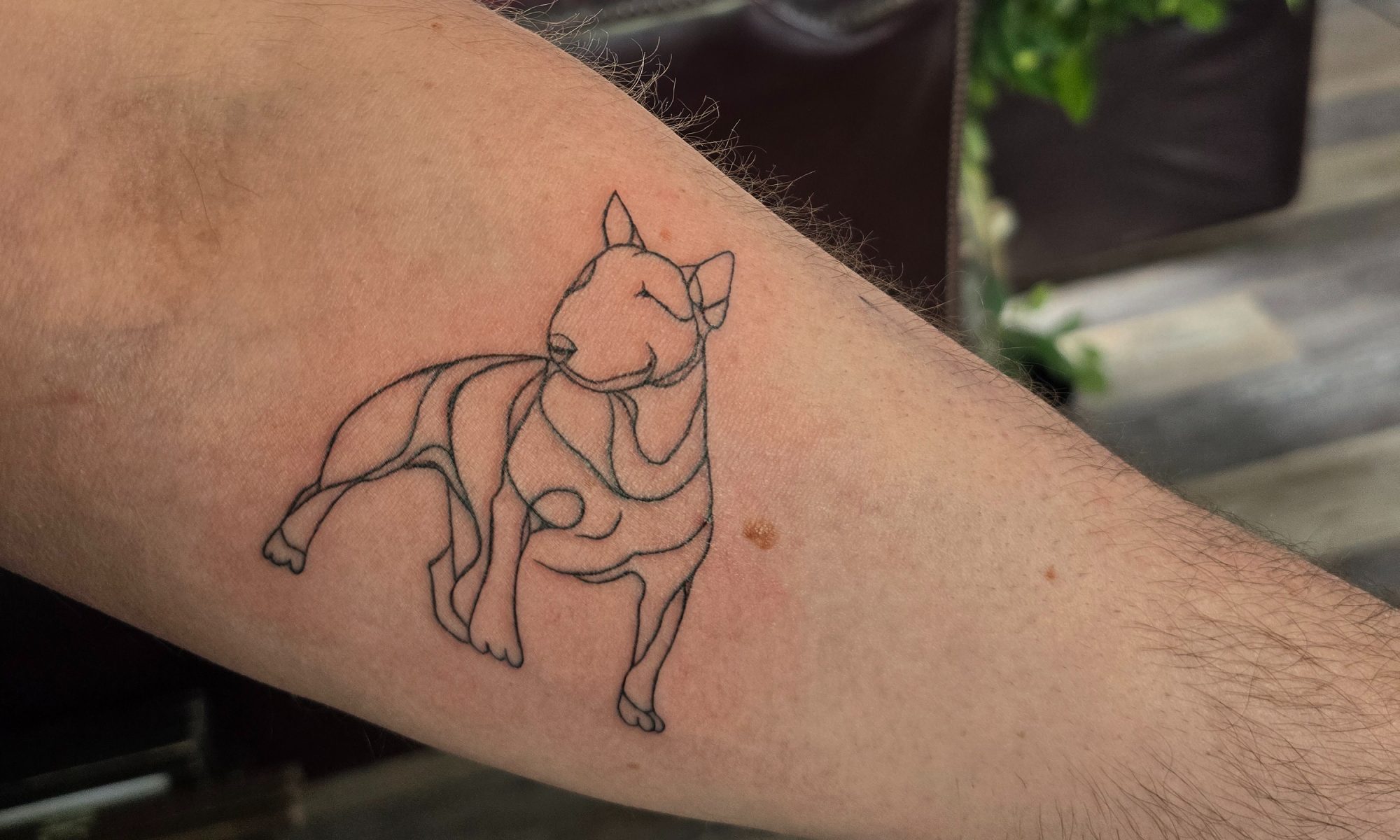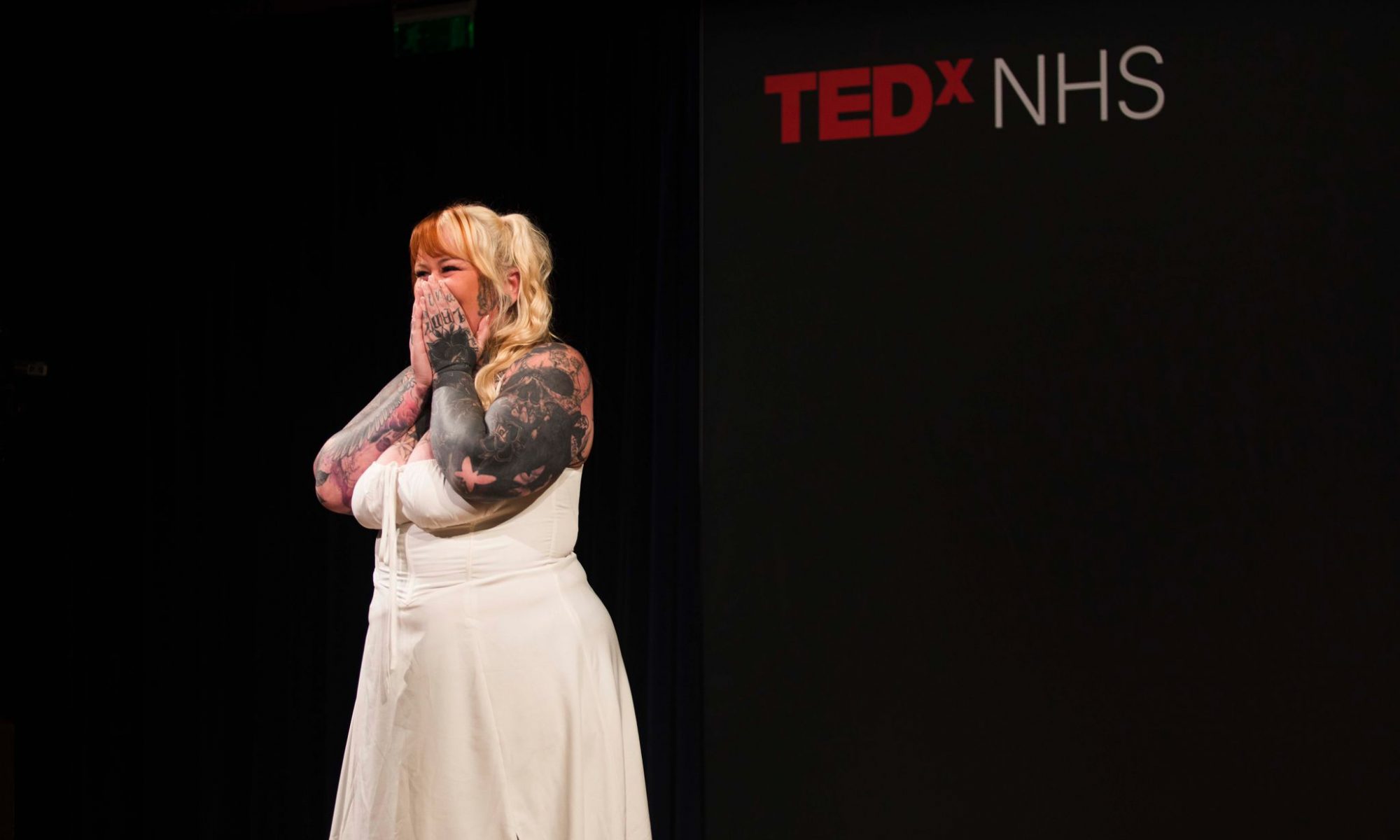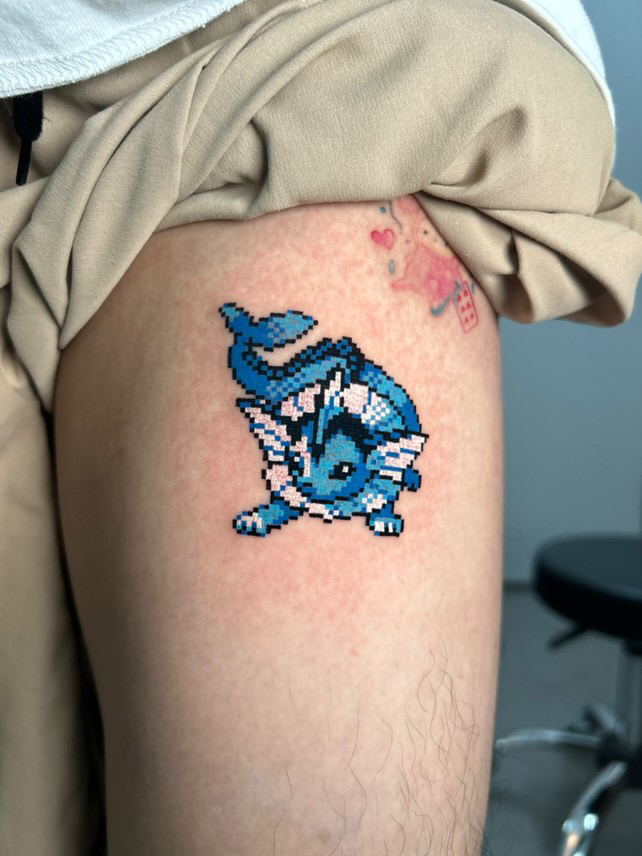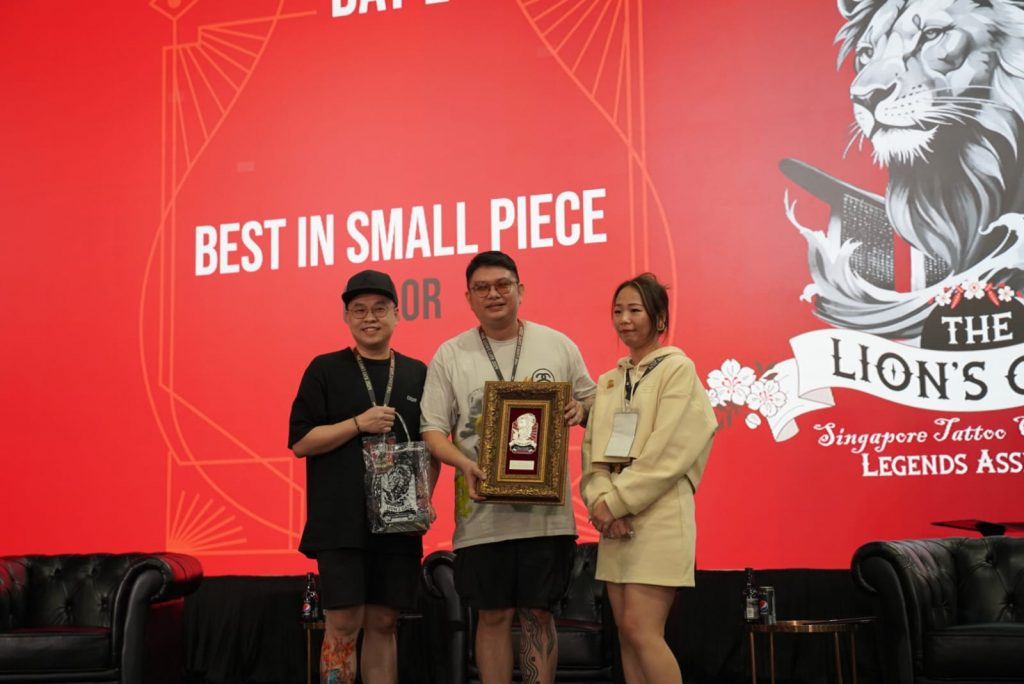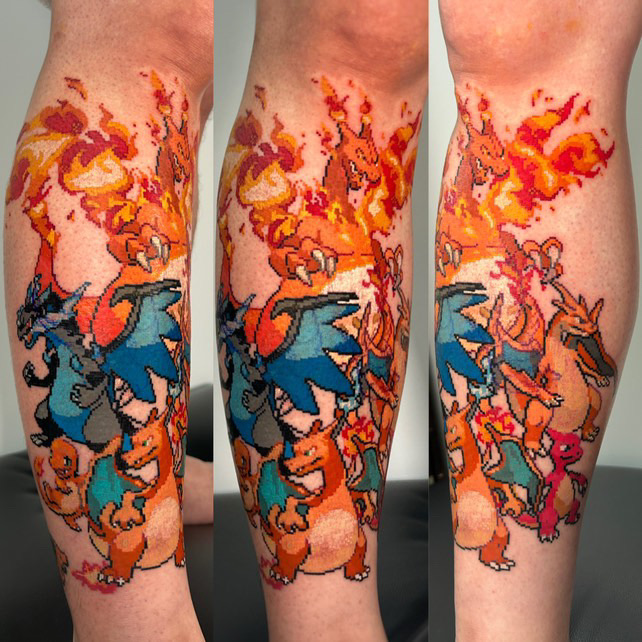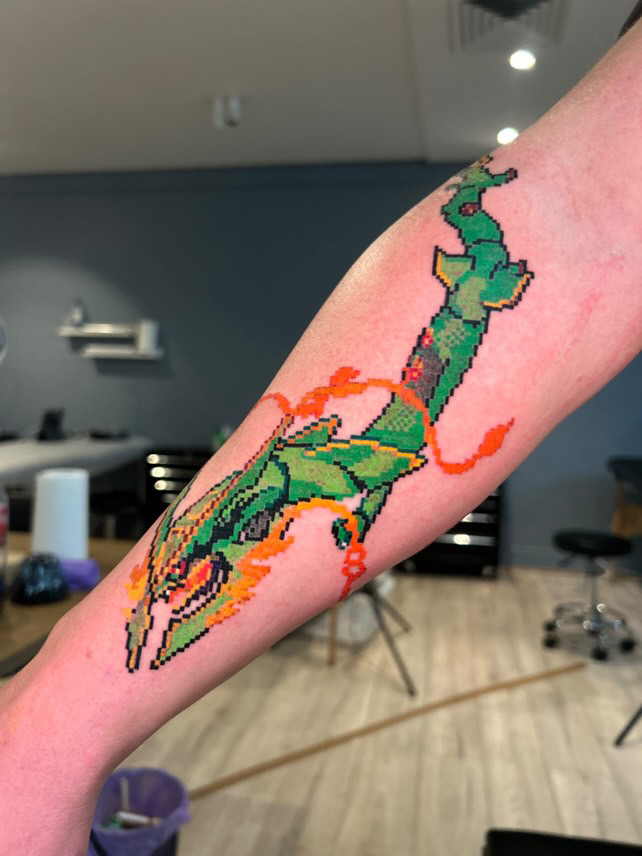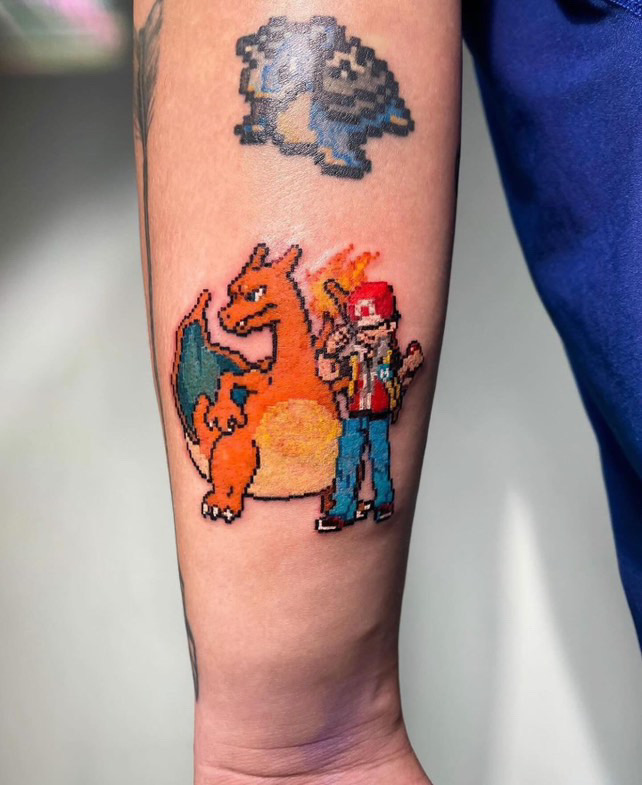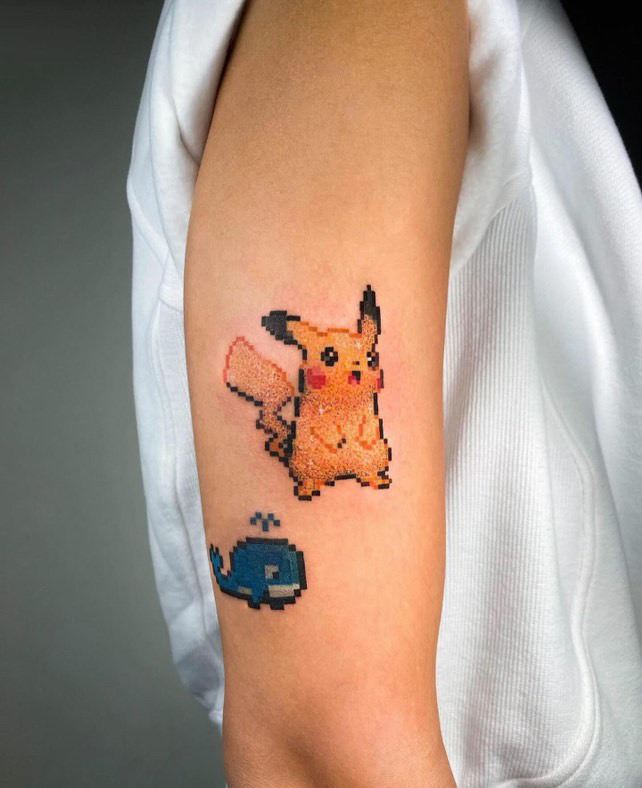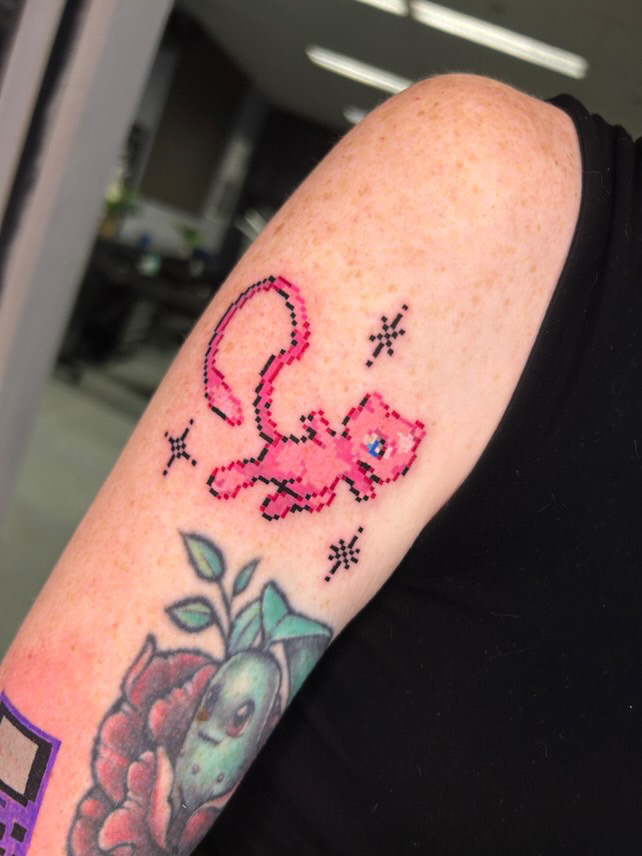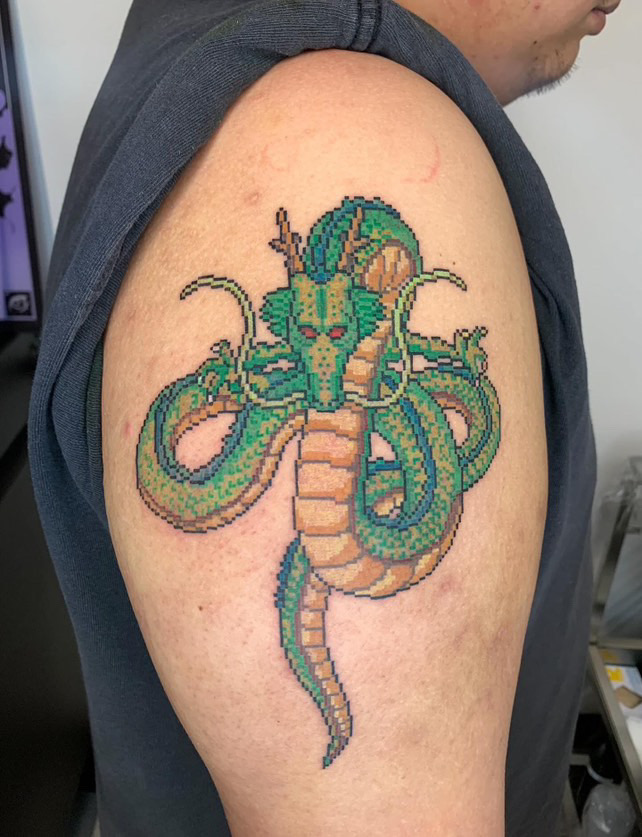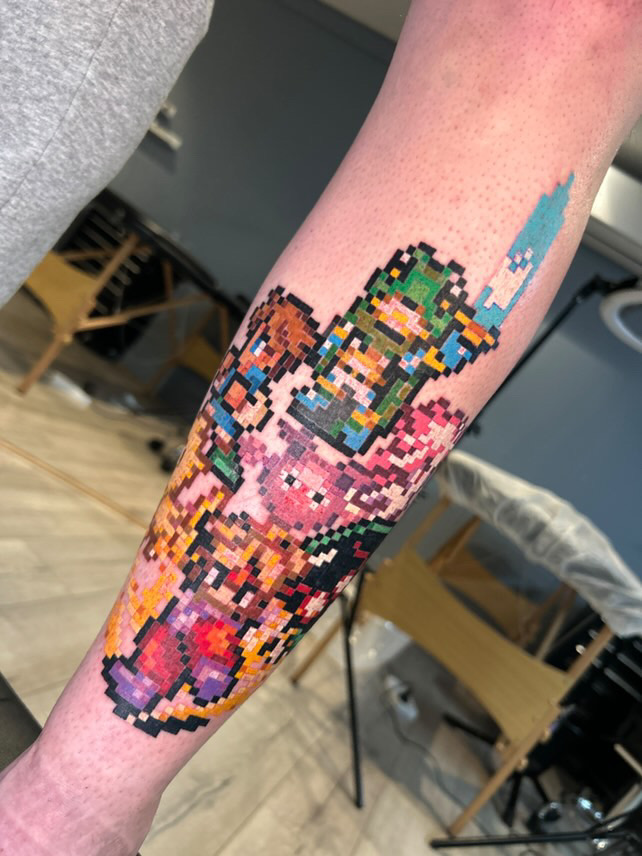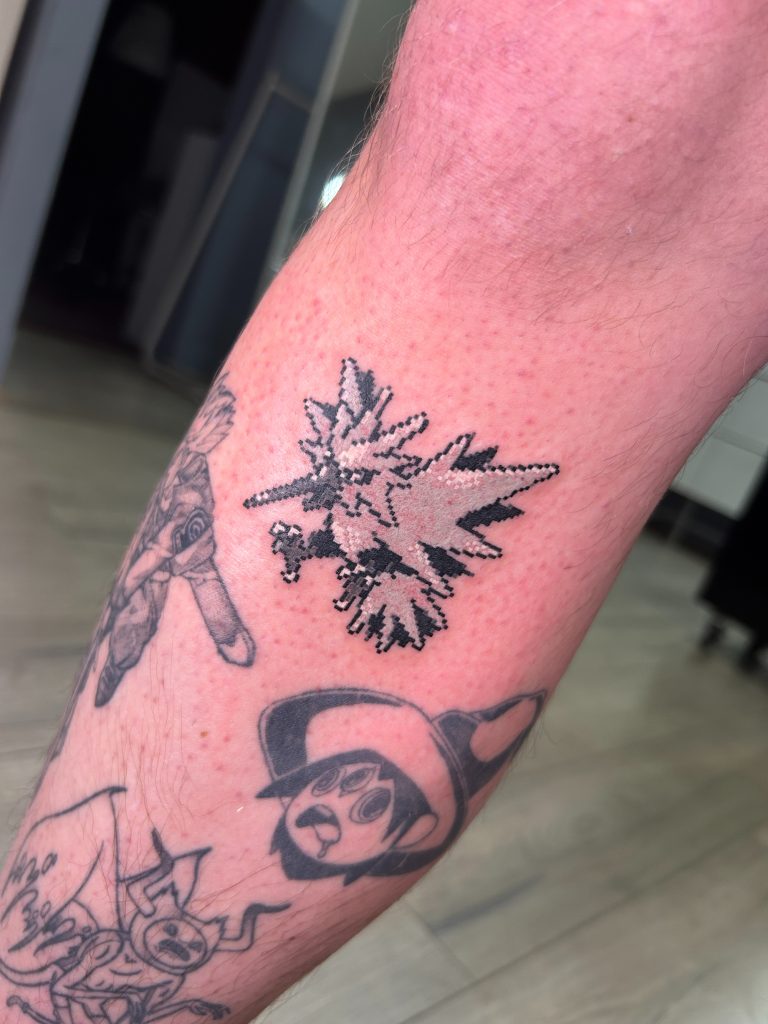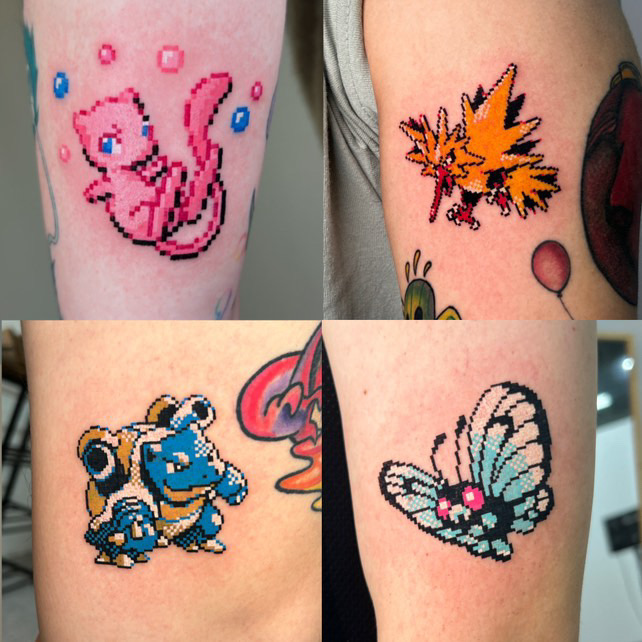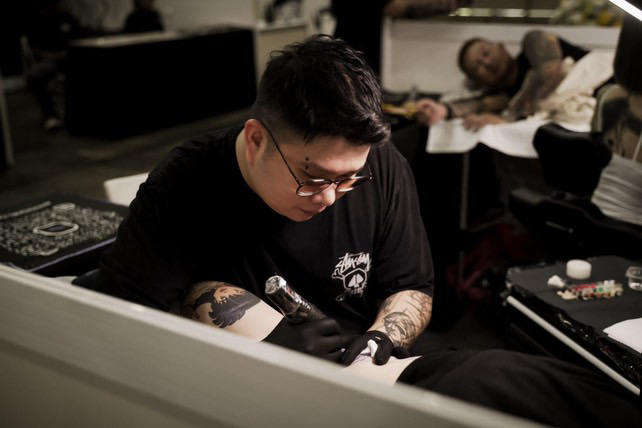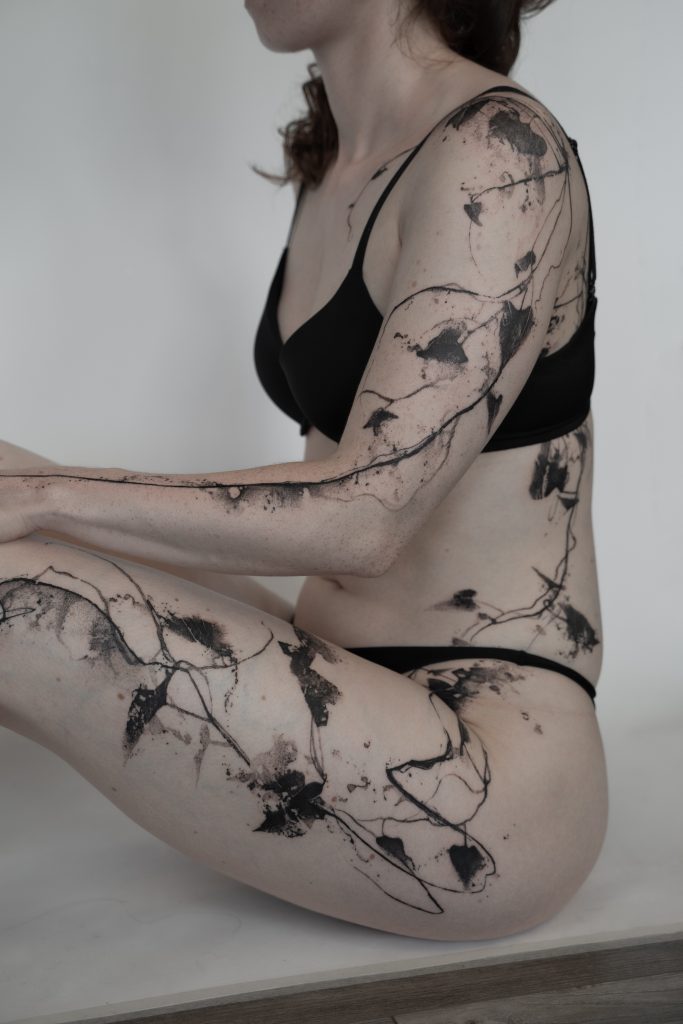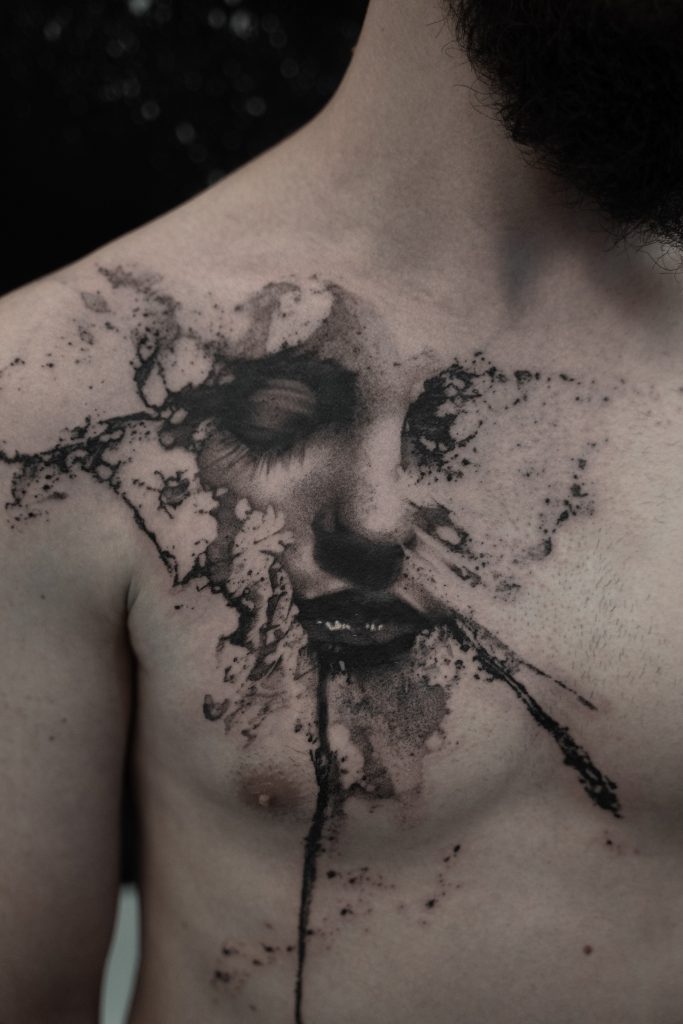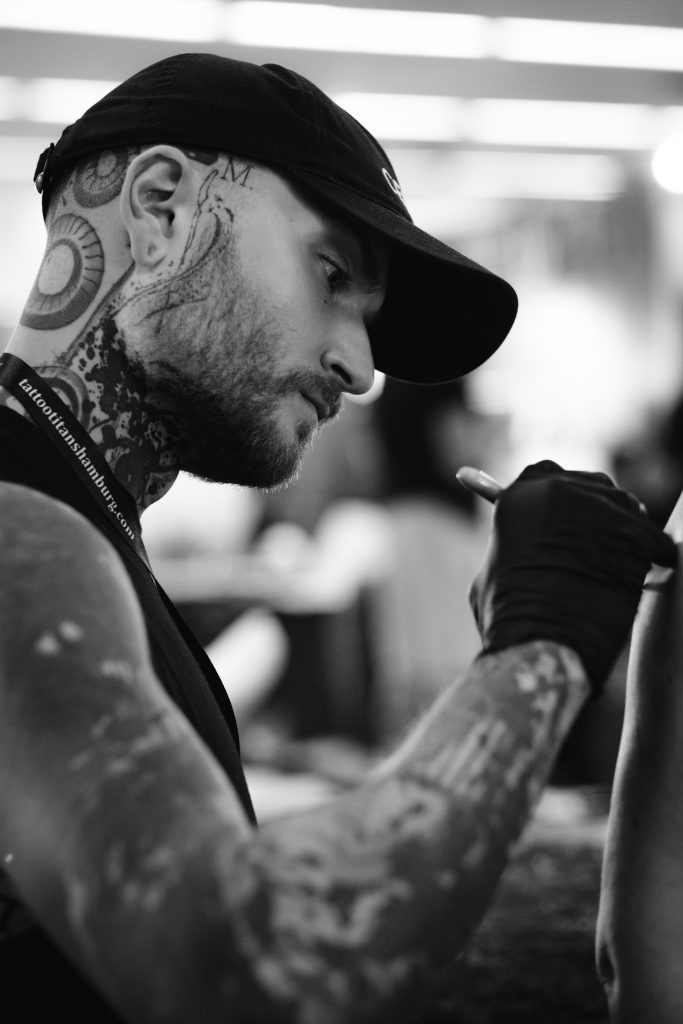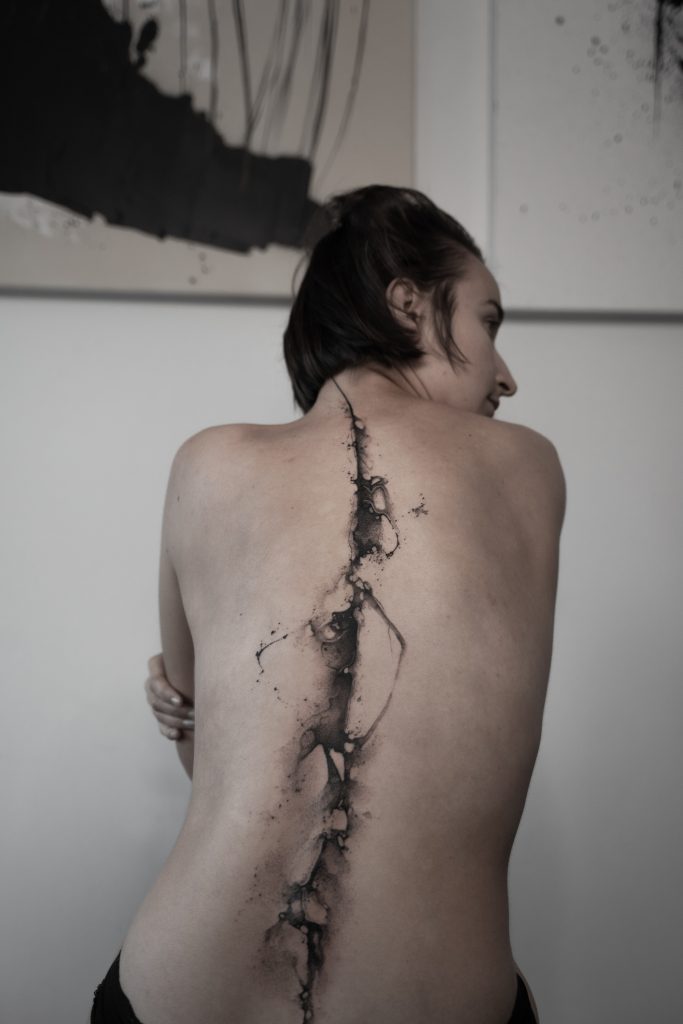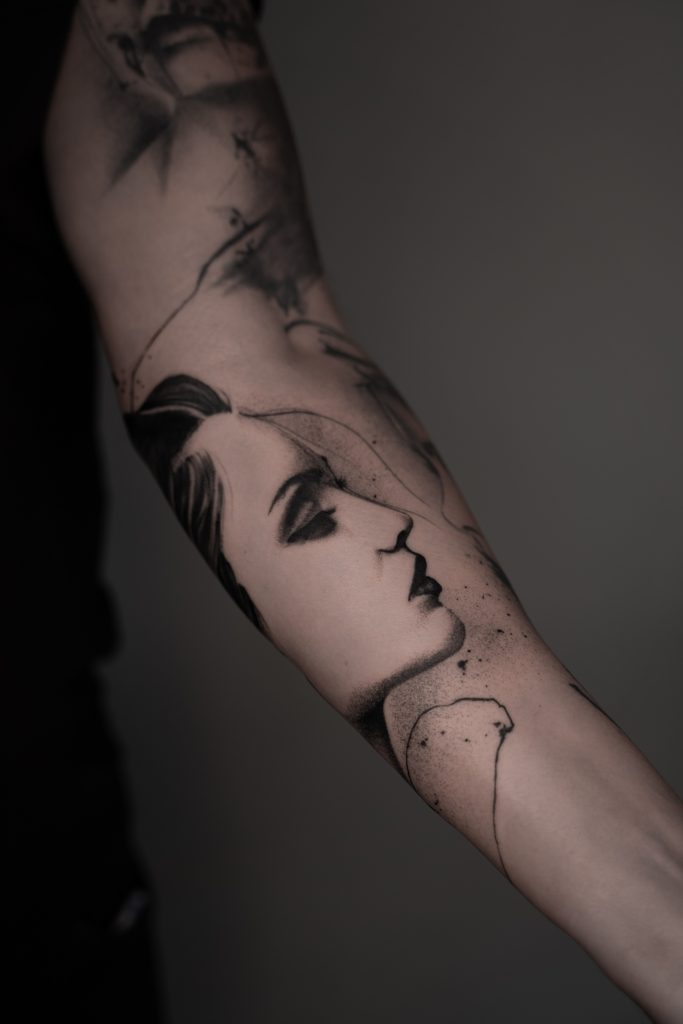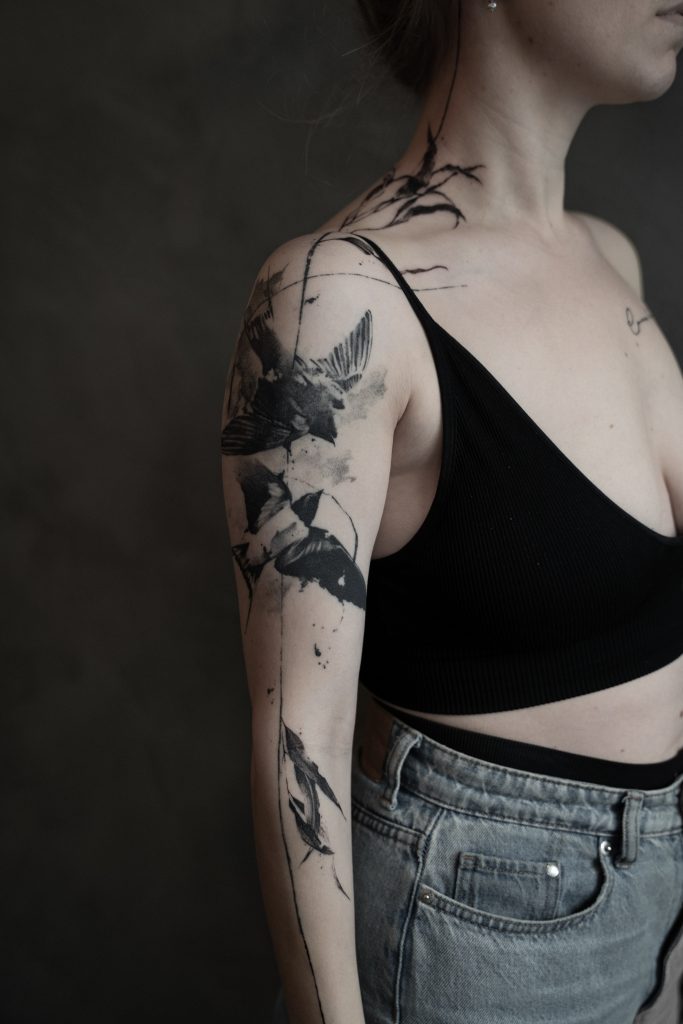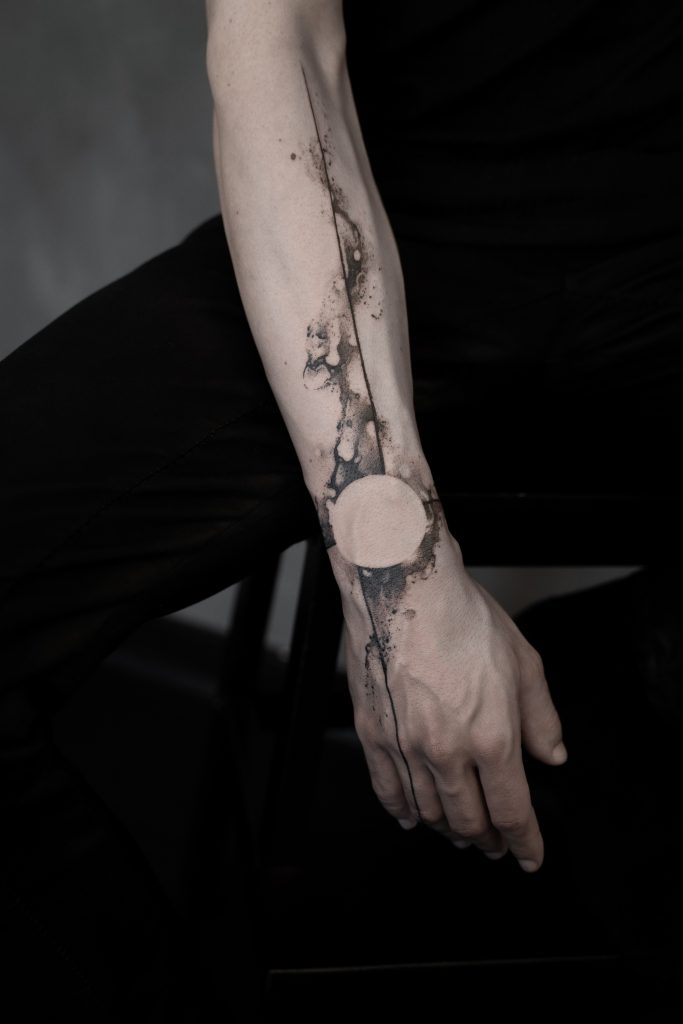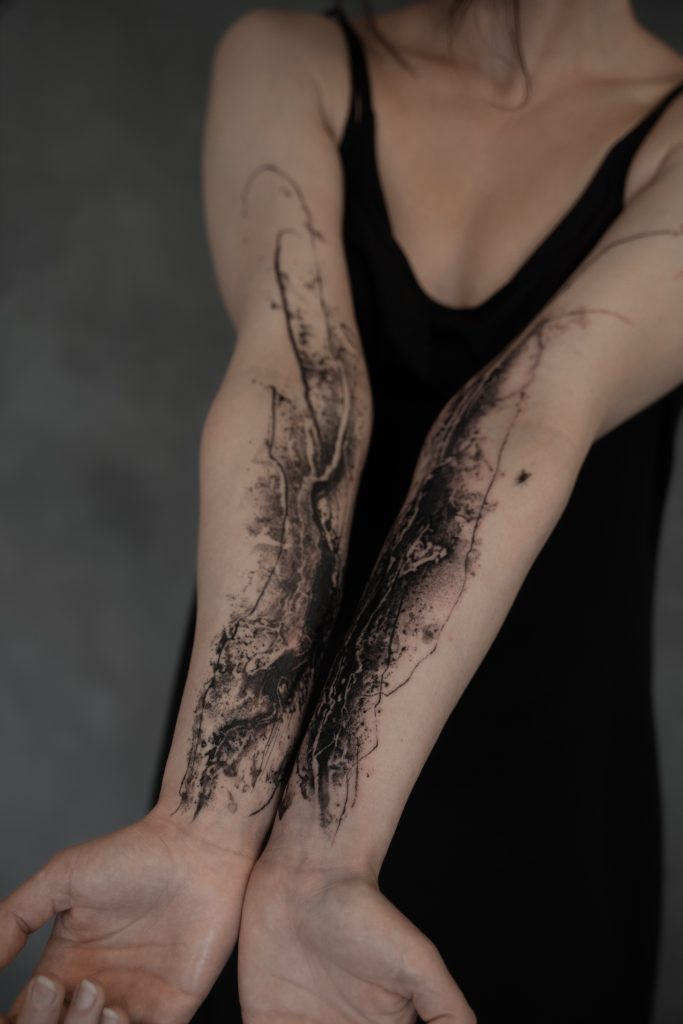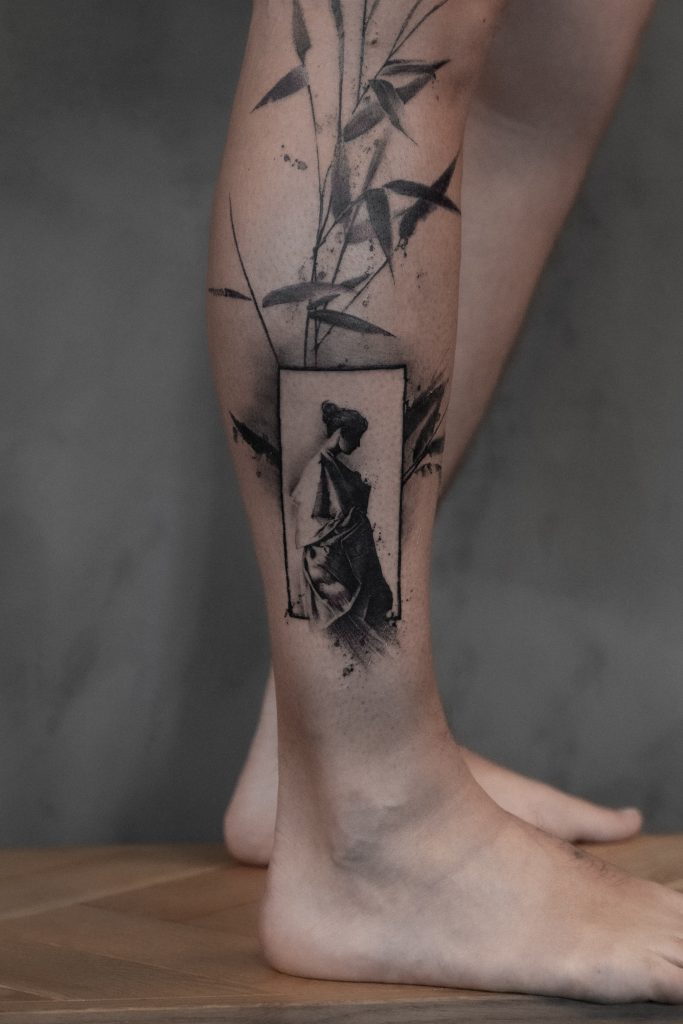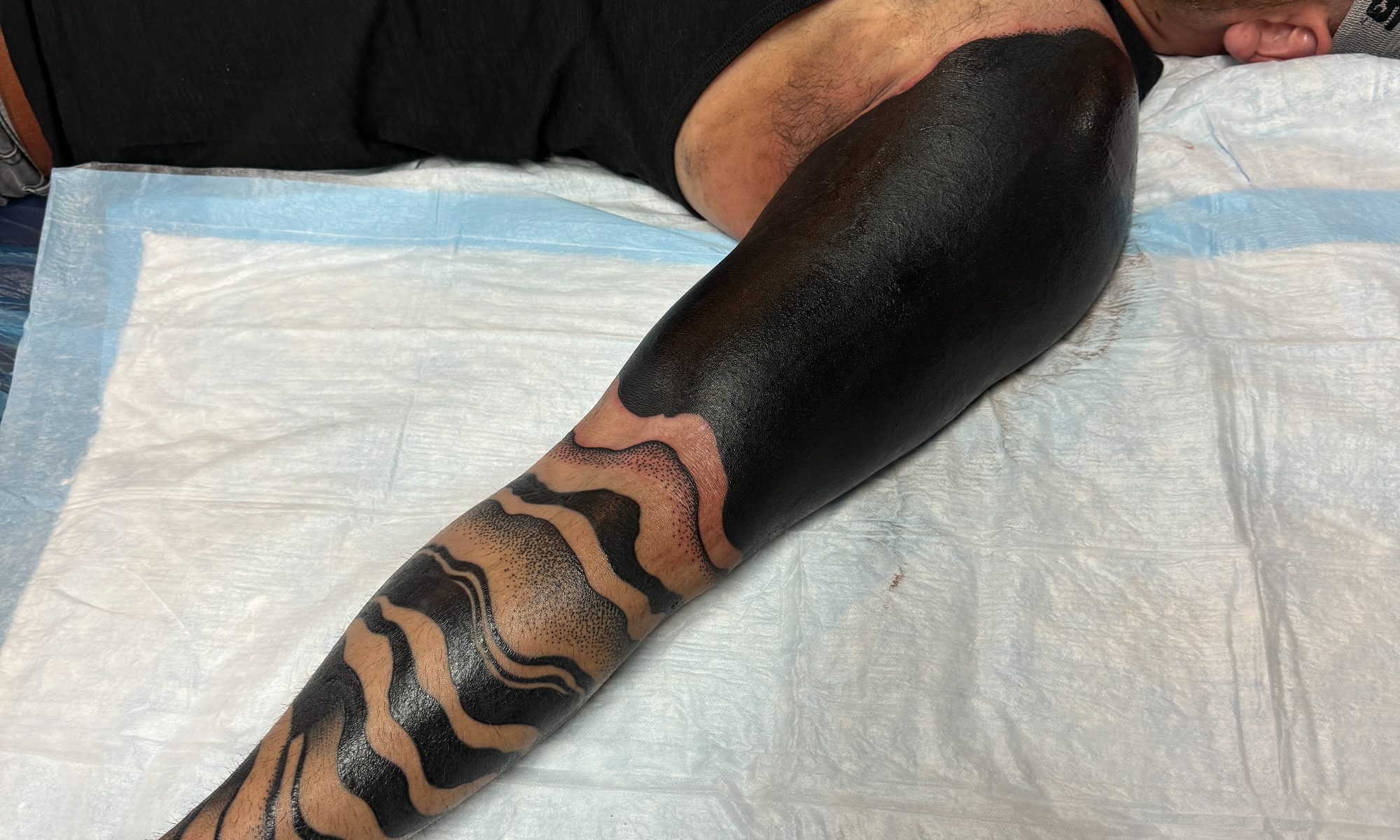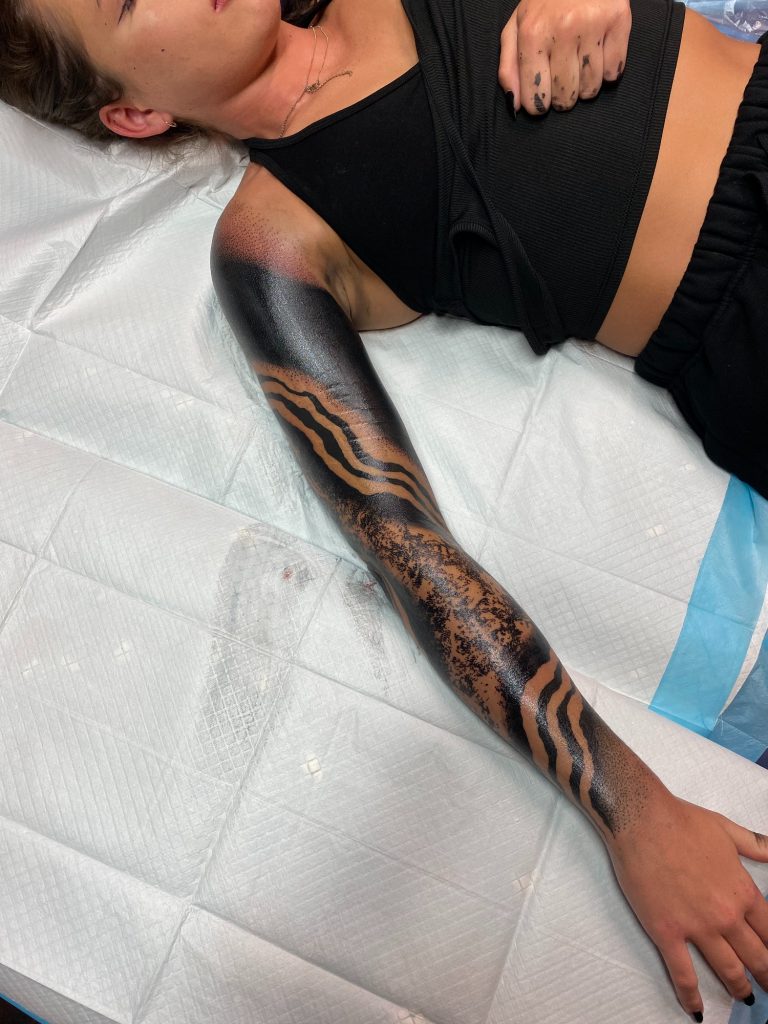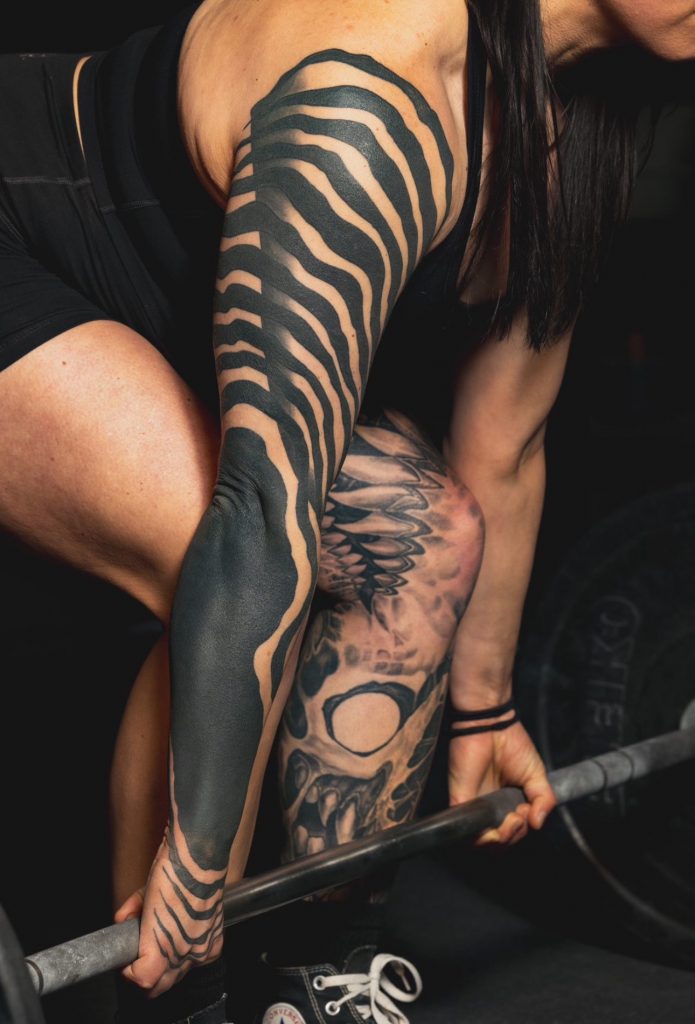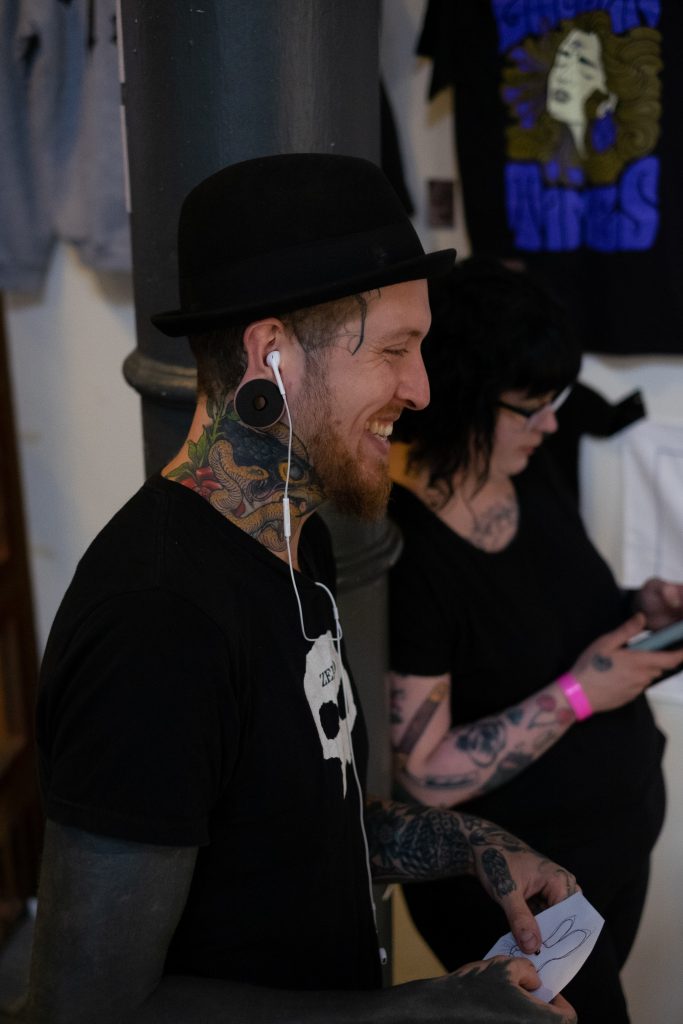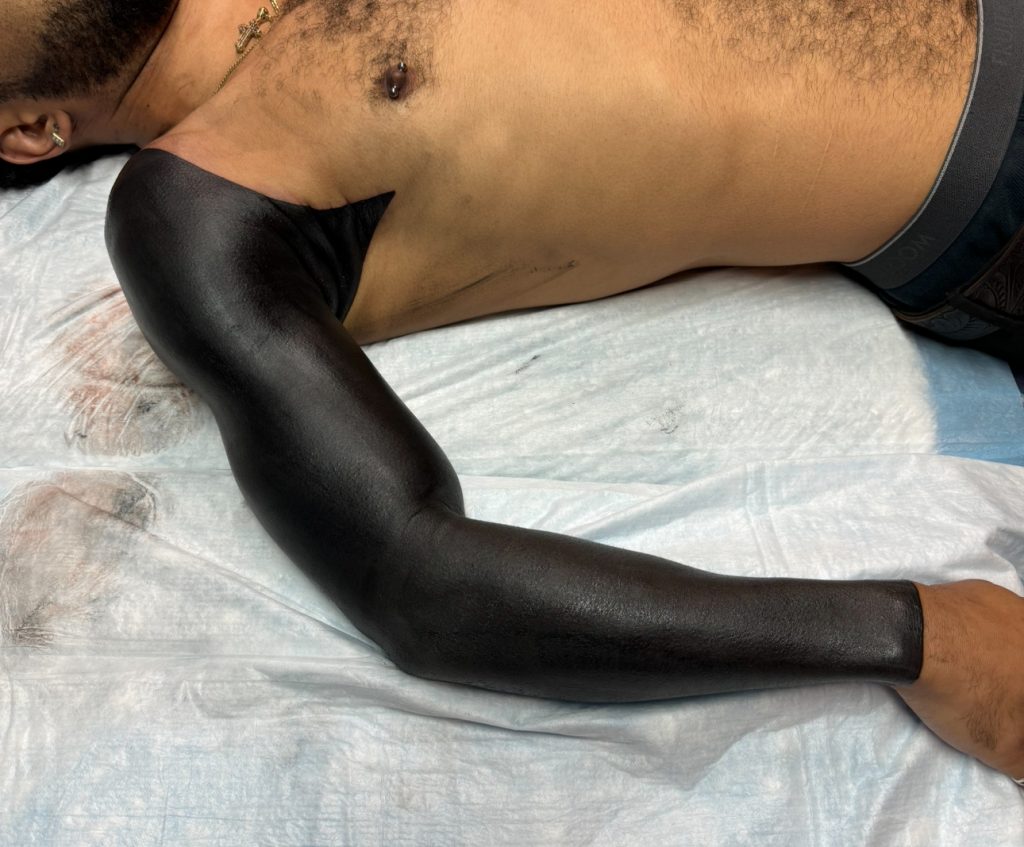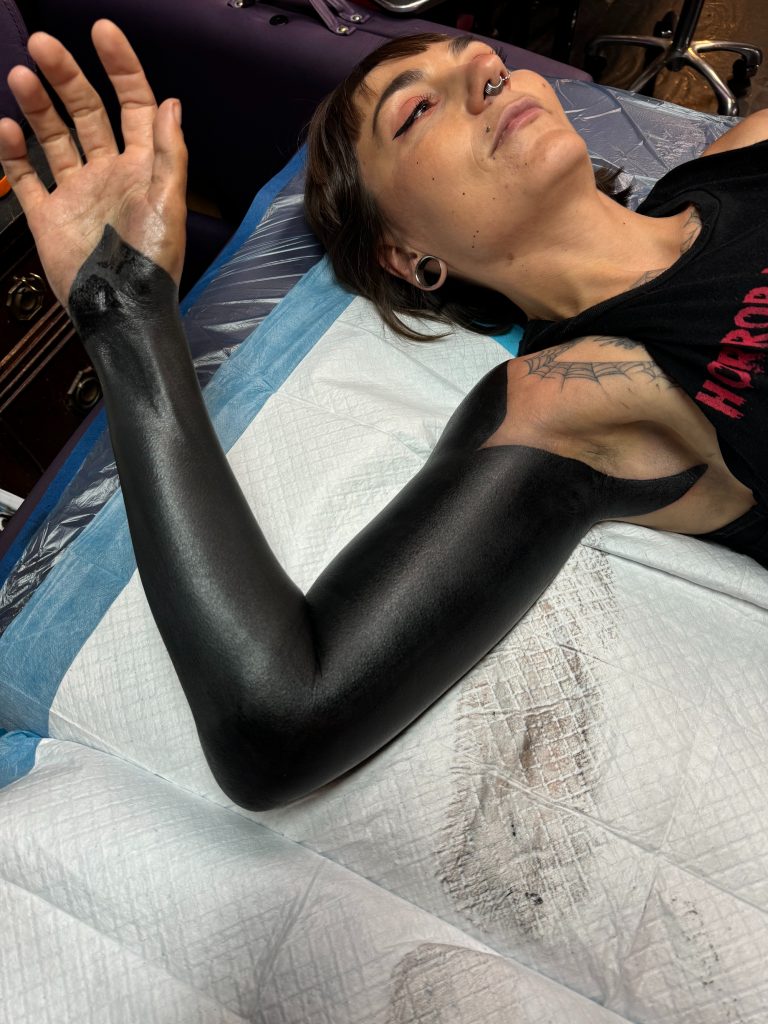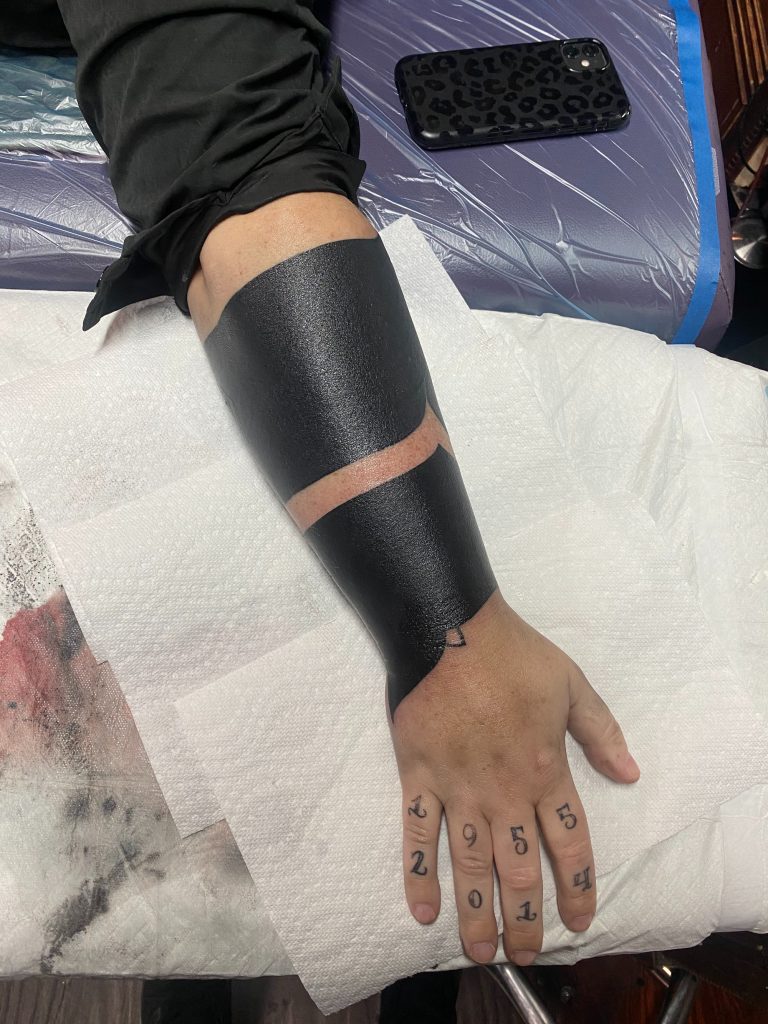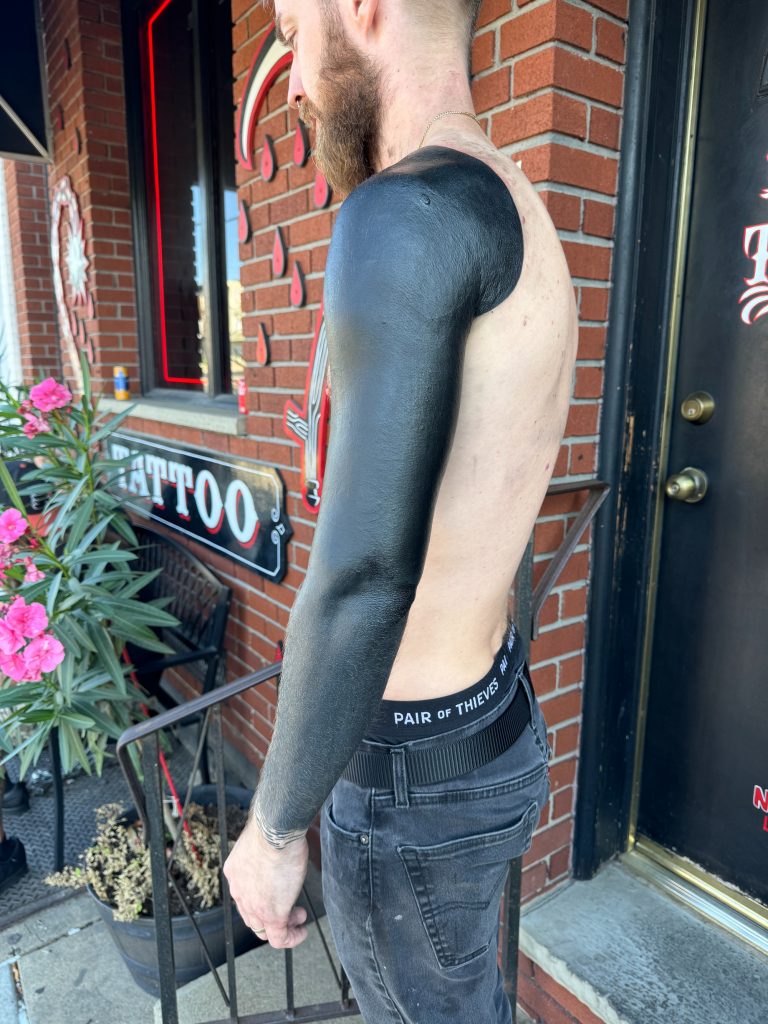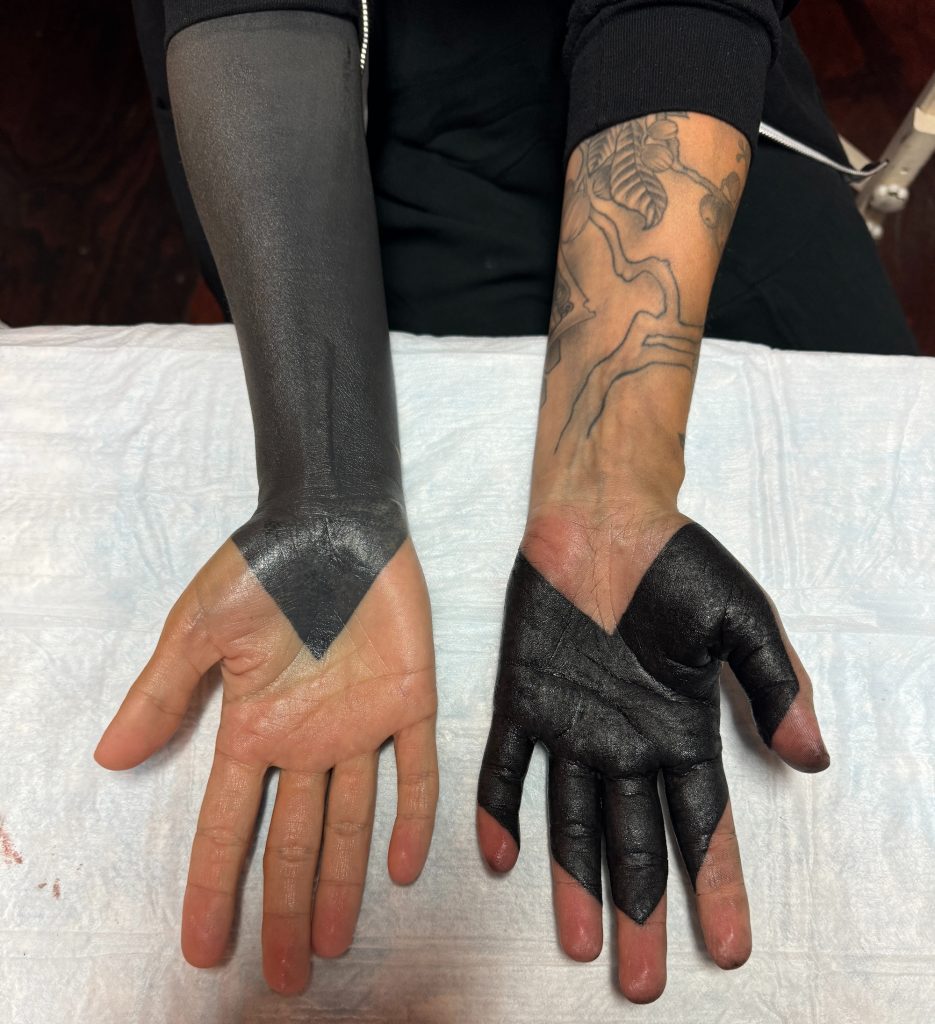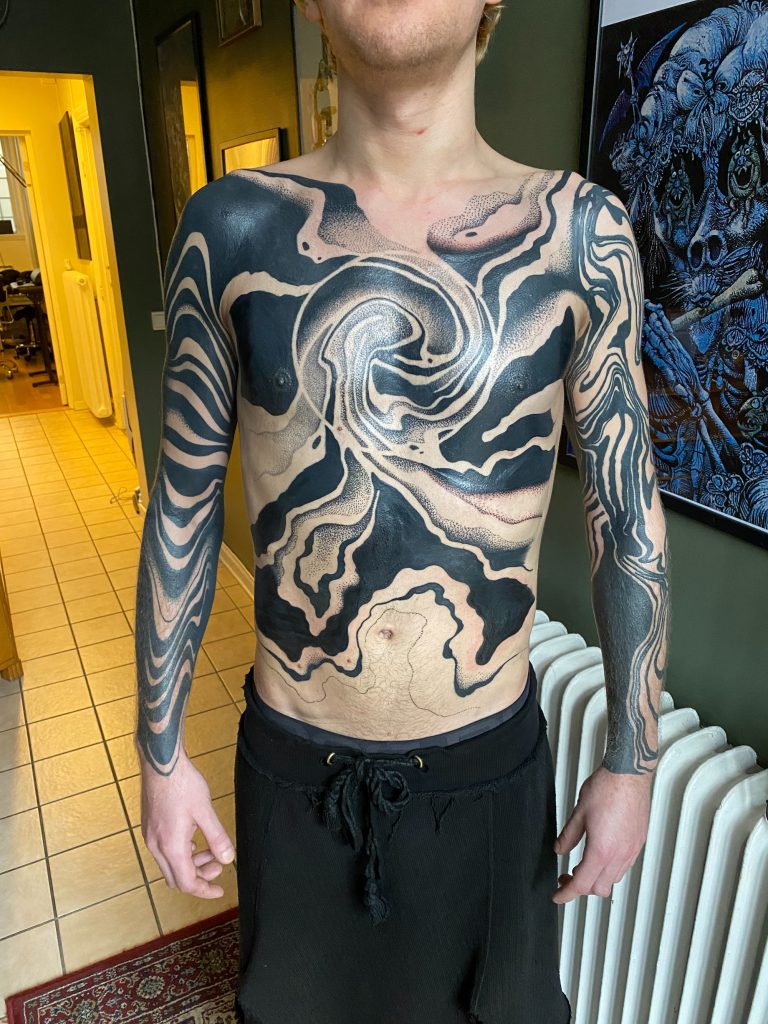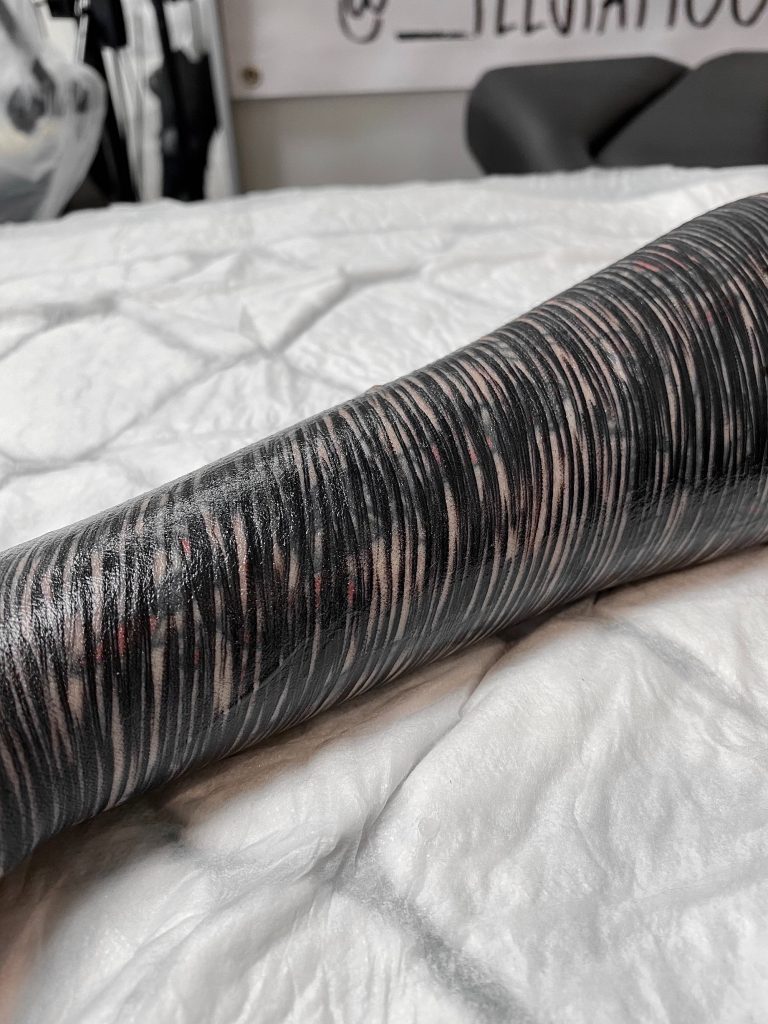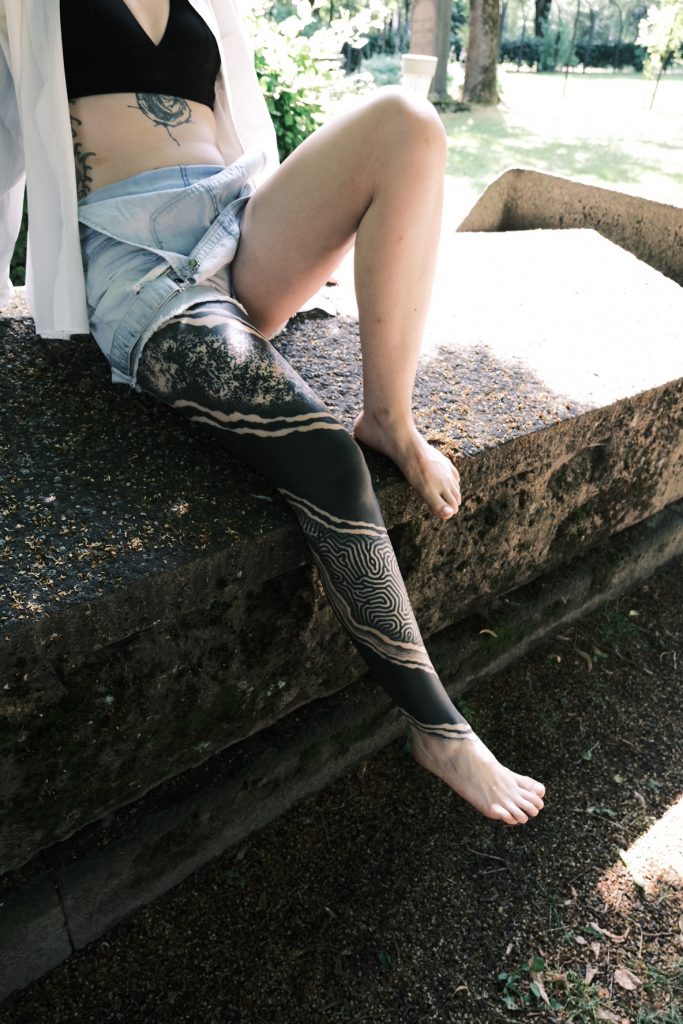Everyone in the tattoo world has an opinion on this. So tattoo artist and owner of “Surrey’s best tattoo studio 2023” Laura Raña (@lifeininklr) weighs in on the debate… should your tattoo face you or those around you…?
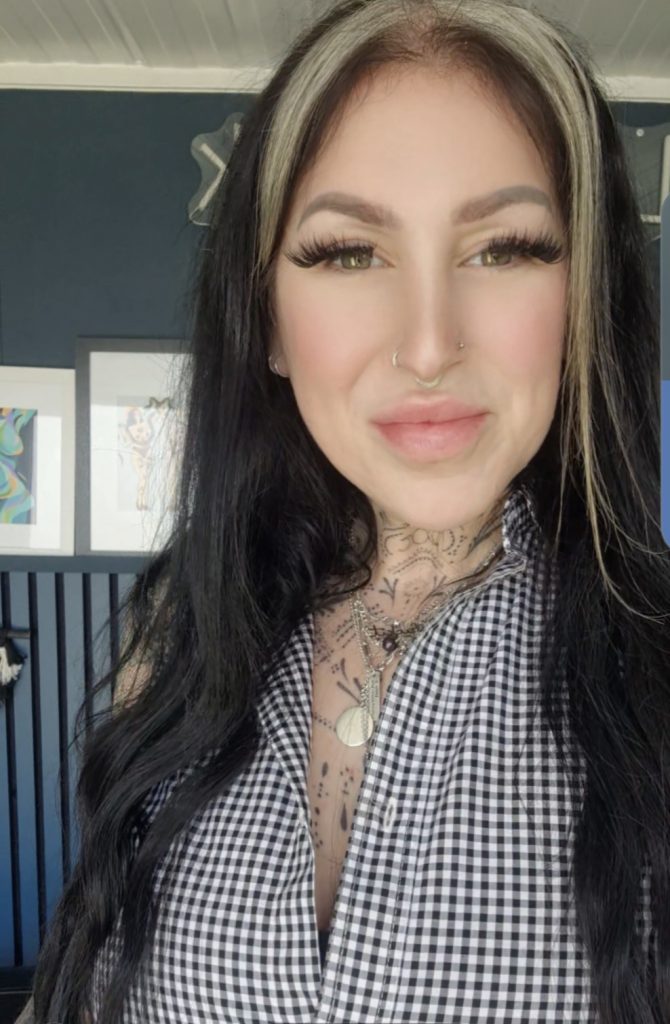
Tattooing has been around for thousands of years. There have always been traditions and ‘rules’ that needed to be followed. And one general rule is that all designs should face the centre of the body – the heart.
For example, front thigh tattoos should face inwards towards each other. And top outer arms will face forward in the same direction the body faces.
Tattoo placement wasn’t always a choice. However, tattoos can now be placed wherever you want.
As a tattoo artist for almost eight years, I’ve had multiple discussions with clients and other tattoo artists about placement – what works and what doesn’t. And it seems to be a reccurring subject that causes huge disagreement and divides so many people time and time again.
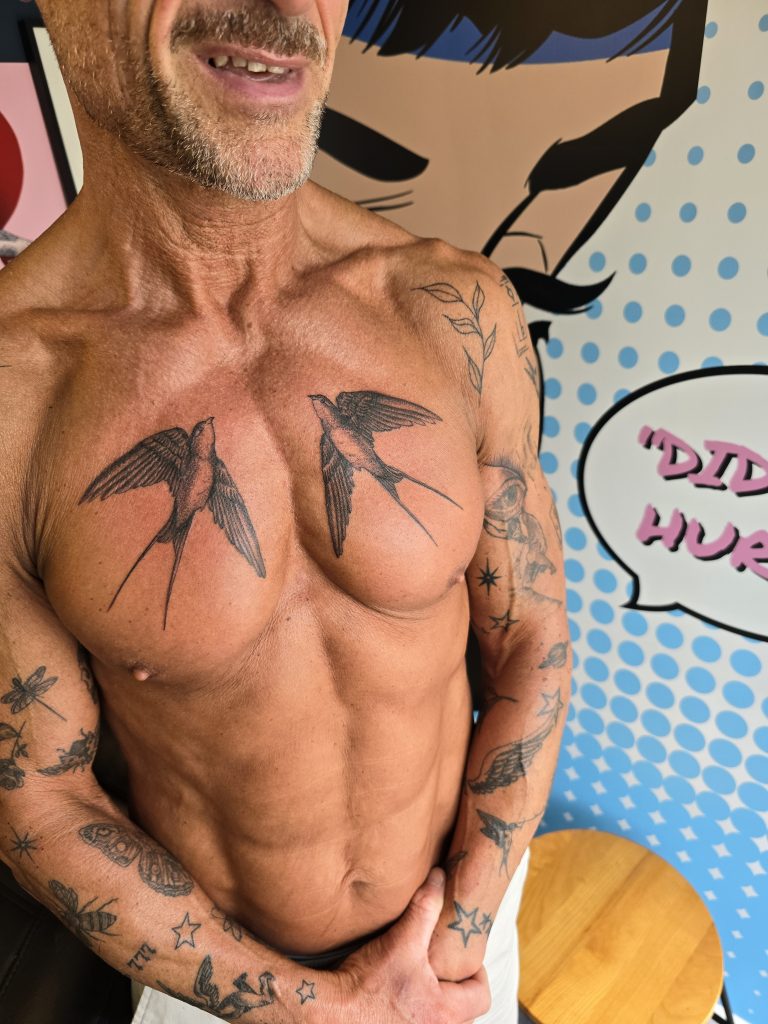
So, does it really matter which way up your tattoo is facing? Should it be for you to see or for others to enjoy?
It depends on the subject, for example to invert a face, that we are all used to seeing in the typical position (eyes above the mouth) may be perceived as grotesque. If a face is upside down it may appear unfamiliar or even “wrong” to our brains.
This is because of the exposure effect. The image projected on to the back of our eyes is upside down. Our brain decodes this image so that we perceive it the right way up.
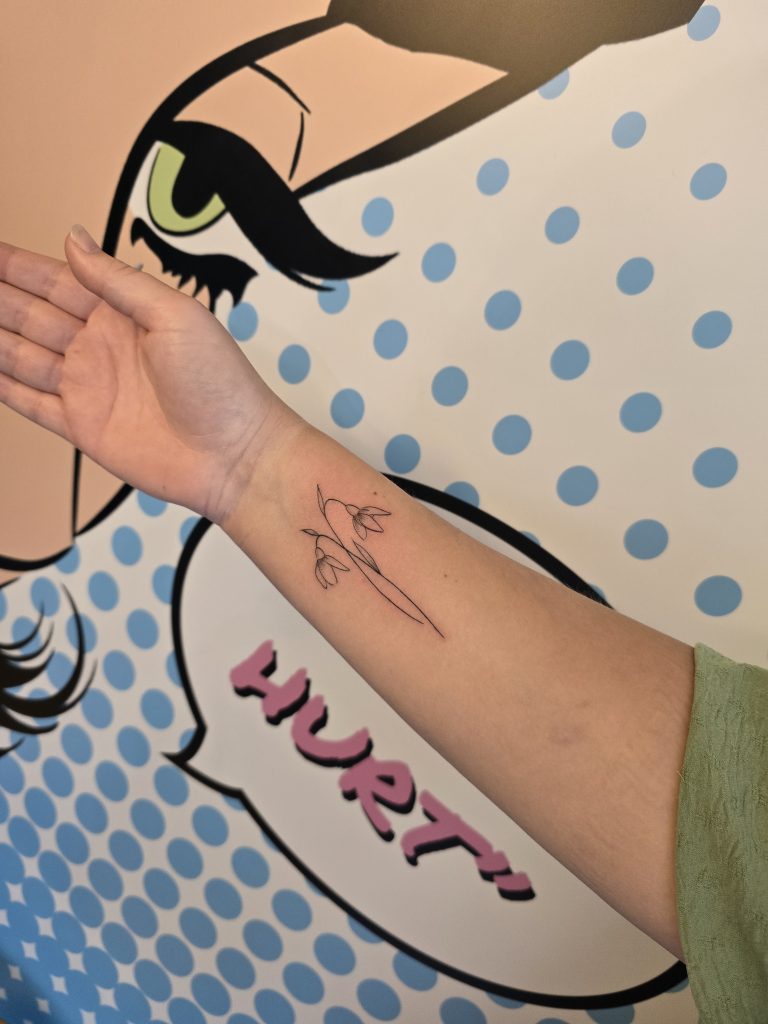
Whether a tattoo is upside down wouldn’t matter if a tattoo is solely for its owner and not for the eyes of those around us.
I have found that those who have just one or two tattoos tend to choose very significant designs. Sometimes, the collector doesn’t want to share these with other people. The tattoo may be a reminder of a lost loved one or a nudge to keep going despite any obstacles.
These tattoos might be so personal that actually it’s no concern of others to see or even comment on. It’s very important to the client to have them facing them. It doesn’t matter if they are seen as “upside down”. It’s also fair to say that it’s the individual’s right to choose the placement for those very reasons.
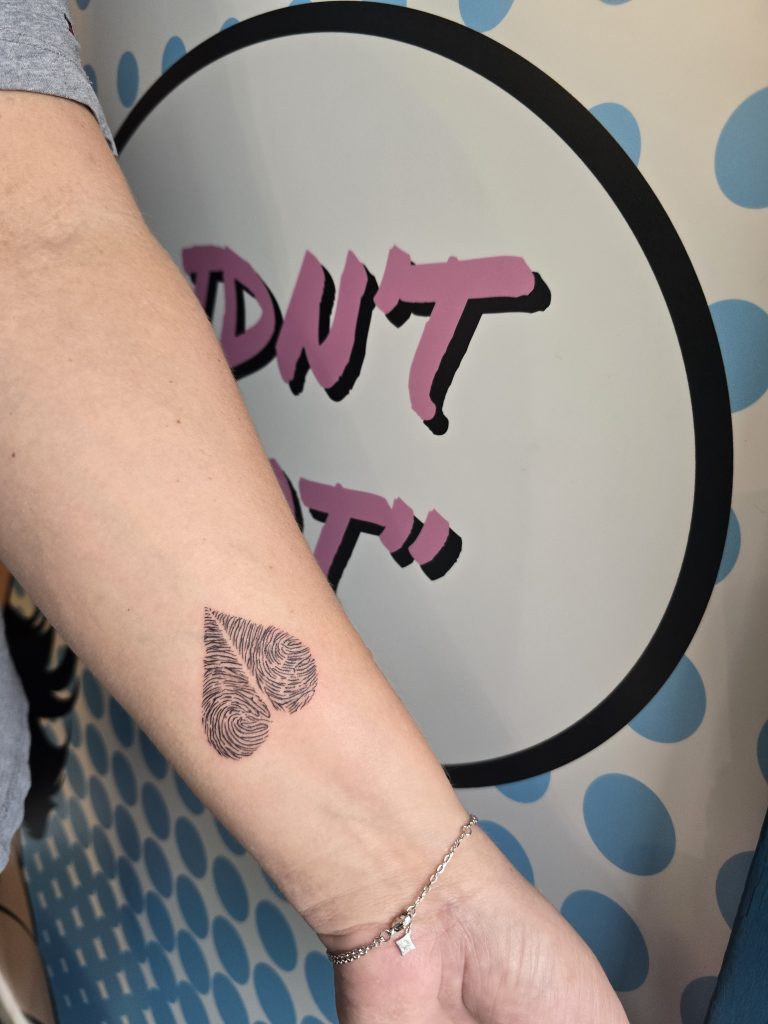
Following tradition
Most tattoo collectors like to follow the traditional rules of placing their tattoo so that it faces outwards and towards other people. The rules comes from the many tattoo artists before us, their ideology of what aesthetically is pleasing and what fits the flow of the body, always facing the heart.
Because it’s the way it’s always been, a lot of artists will refuse to break tradition and place a tattoo “the wrong way”. I’ve seen arguments between artists and clients about this several times. Neither side has wanted to give in, leaving the client very angry and the artist out of pocket.
Personally, I think we should follow the “rules” with such a longstanding form of expression that goes back to the beginning of civilisation. It seems only right to place designs so people can enjoy your chosen artwork. Aesthetically, it looks more appealing. But of course, I discuss this with every client that steps inside my studio.
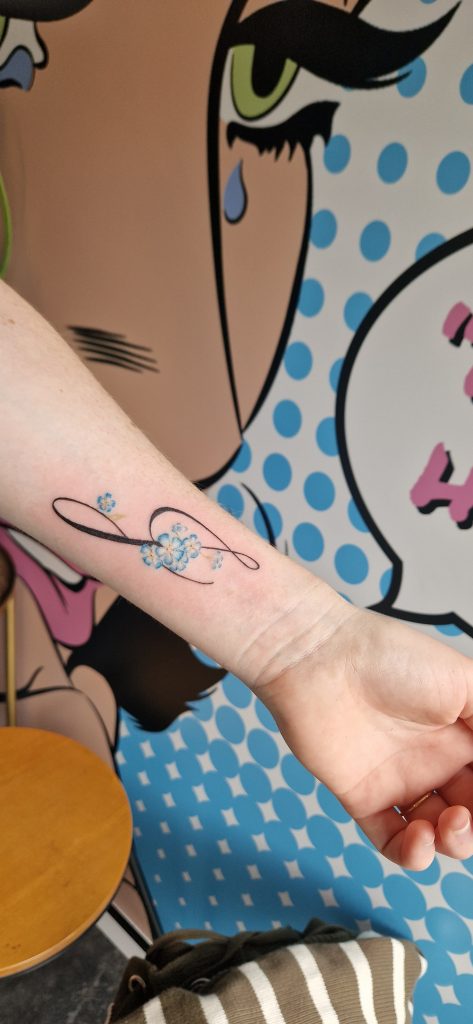
Times are changing
But tattooing is moving away from old school, bold thick lines and there’s a new style in vogue: fineline super dainty style. Anything is possible, and more people know exactly what they want. They’re not willing to compromise and don’t care for other people’s opinions when it comes to their chosen body art.
The current trend of patchwork tattoos allows us to bend the “rules” slightly, too. Smaller stamp-like tattoos are placed angled with mismatched positioning which adds to the stickered sleeve effect and uniqueness.
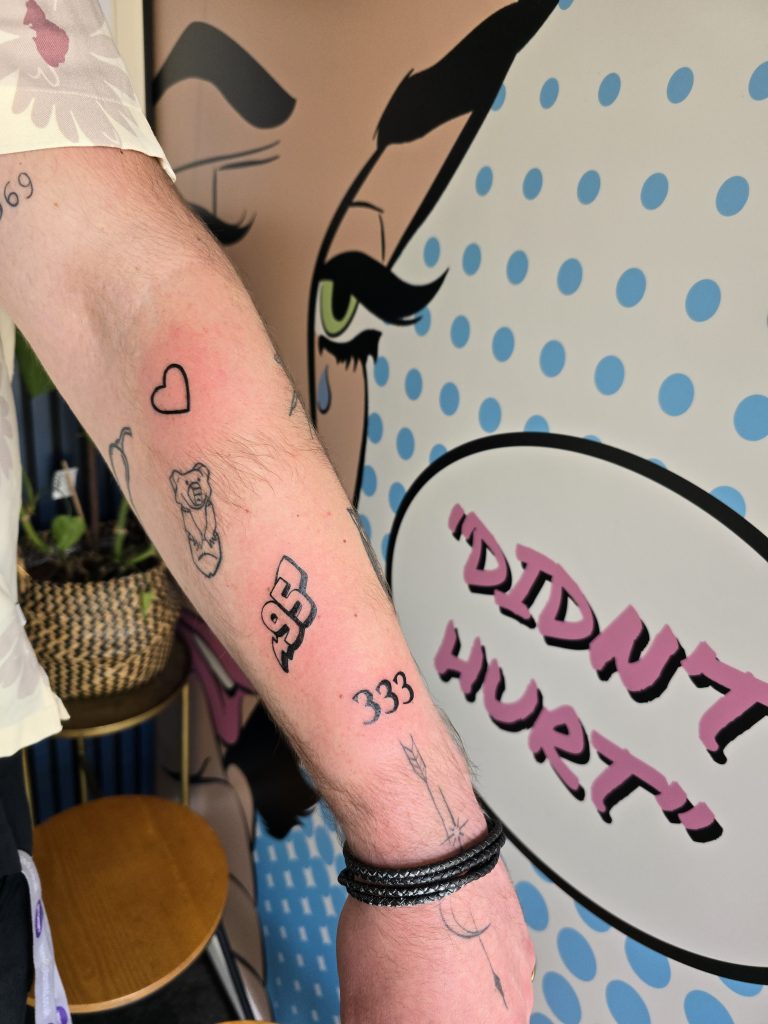
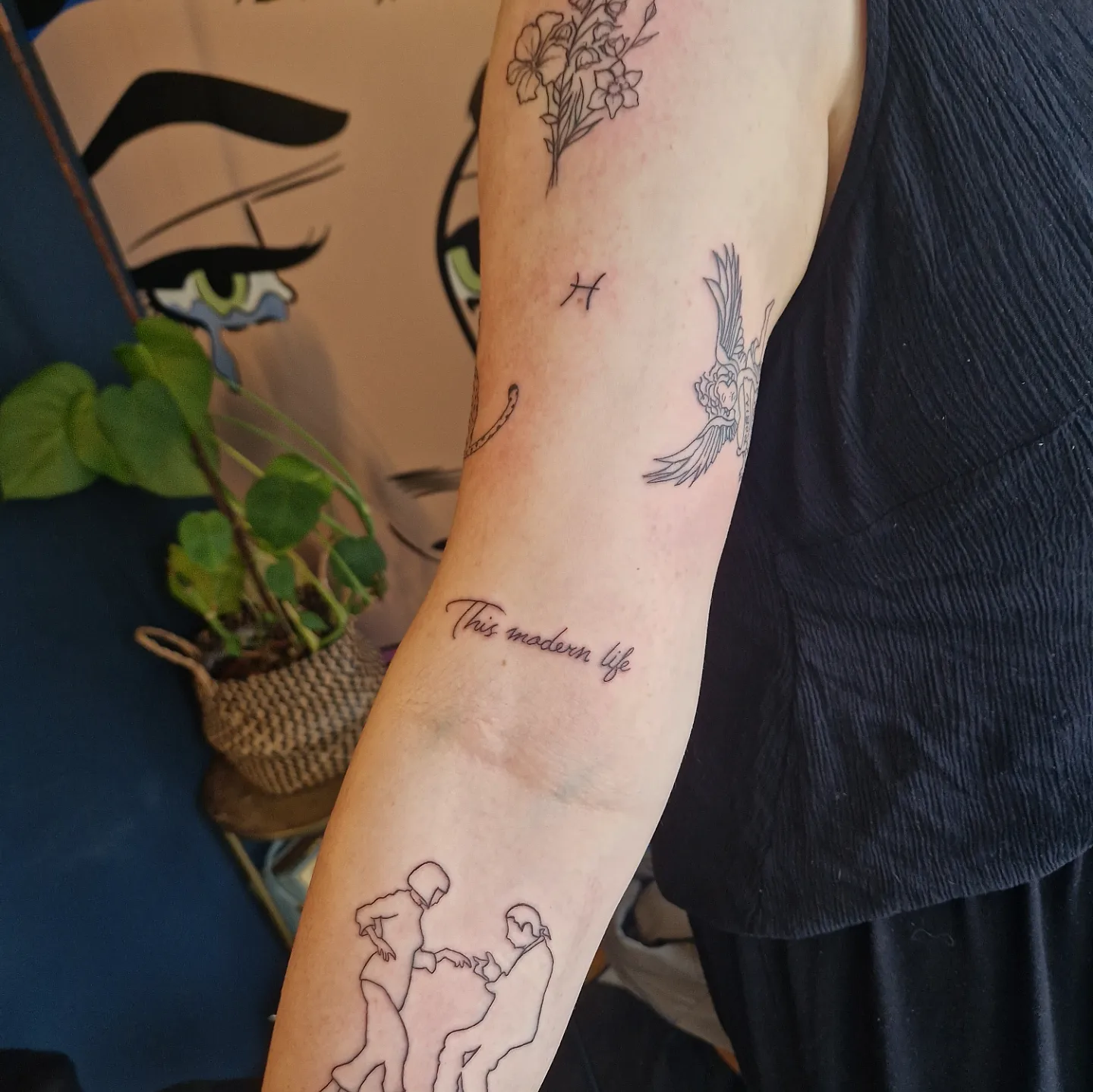
Find the right artist
Ultimately, it’s up to the client and their preferences which way up the tattoo goes. But give it some thought before you head to the studio and mention it to your artist when you book in. I always give my clients the right to choose what makes them happy and to enjoy their tattoo – whichever way up it sits.
The idea of a right and wrong way also opens up discussions – once placed, the tattoo will always have a slight distortion on the body, as we aren’t poles … we taper and twist, so placed the right or wrong way up, the tattoo will still look slightly distorted depending on what position your body is in – begging the question, so does it really matter?
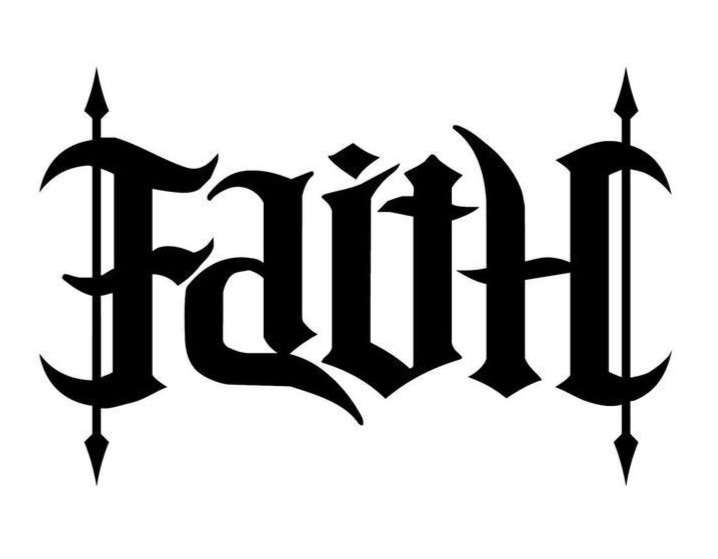
If in doubt…
Get an ambigram tattoo. These are designs where different words or symbols can be read from different angles. They are designed with a special kind of symmetry or mirror effect. This allows the word to remain readable even when viewed upside down. Like others, you might enjoy getting them inked for their unique and sometimes mysterious look.
What do you think? Which way is the right way up? Let us know…
Make sure to follow Laura on Instagram and read our interview with her too.
Words and tattoos by: Laura Raña
